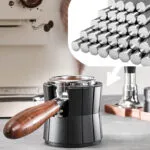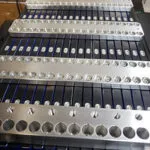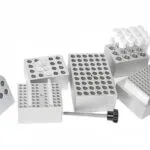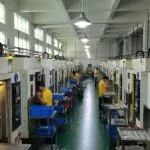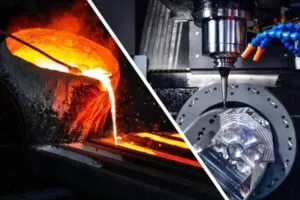Understanding the differences between CNC machining steel and aluminium is key in manufacturing. Both materials are used often, but they have unique challenges and benefits. Steel is strong and durable, with better impact resistance. But, it’s harder to machine than aluminium, which is lighter and causes less wear on tools.
We’ll look at the cost of machining both materials. We’ll see if CNC machining steel is cheaper than aluminium. Knowing the material properties is crucial. It affects the tools, feed rates, and speeds used. We’ll also show where each material shines in different industries and applications.
Aluminum and steel – a discussion
In our look at aluminium properties and steel characteristics, we see what makes each special. Aluminium is light, great for aerospace and cars. It also doesn’t rust easily and is easy to shape.
Steel, however, is strong and tough, perfect for buildings and structures. It can be made into many shapes, fitting both small and big projects.
Thinking about a CNC machining service means looking at costs. The price to machine aluminium and steel changes based on several things. These include where the materials come from, how much is wasted, and extra steps needed for each. Knowing these costs helps businesses save money.
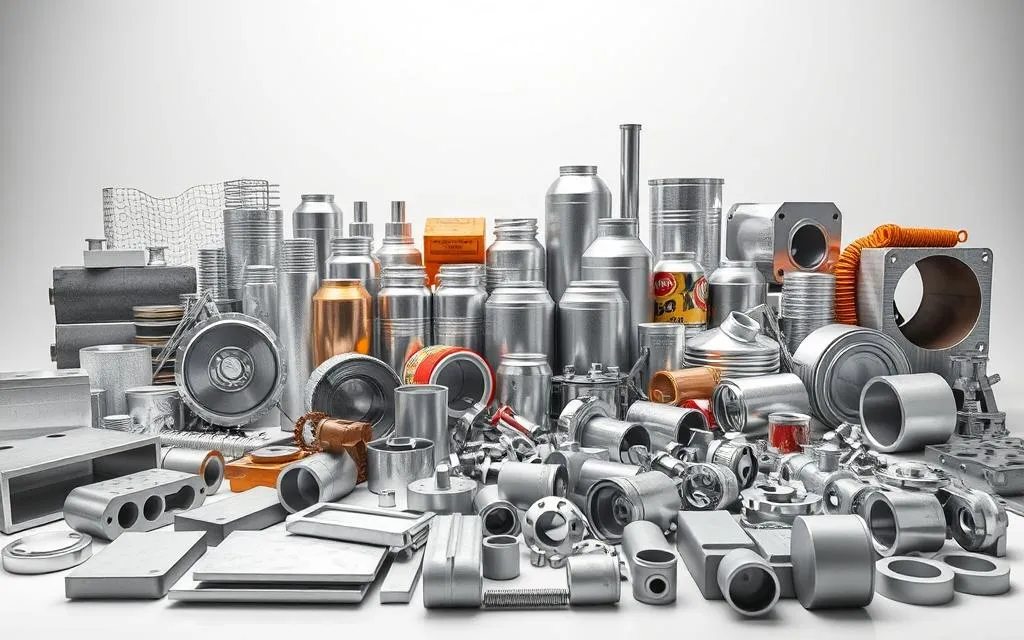
Function of the materials
It’s key to know how aluminium and stainless steel work for CNC machining. Their unique traits come from what they’re made of. This affects how they handle corrosion, conduct heat, and more.
Stainless steel and aluminum: elemental composition and alloy properties
What makes up aluminium and stainless steel matters a lot. Aluminium has more silicon, which makes it easier to work with. This leads to better machining with CNC metal processes.
Stainless steel, on the other hand, is made of iron, chromium, and sometimes nickel. It’s strong and hard. This makes it great for certain jobs where aluminium isn’t as good.
Stainless steel and aluminum: corrosion resistance
How well a material resists corrosion is very important. Aluminium forms a protective layer that keeps it safe from moisture. This makes it perfect for places where it might get wet.
Stainless steel also has a protective layer, thanks to chromium. But aluminium usually does better in wet or corrosive places.
Stainless steel vs. aluminum: conductivity
Conductivity is crucial for some jobs. Aluminium is better at conducting electricity than stainless steel. This makes it great for electrical work.
Stainless steel, though, is stronger. It’s better for jobs that need a lot of strength. So, it’s all about what you need for your project.
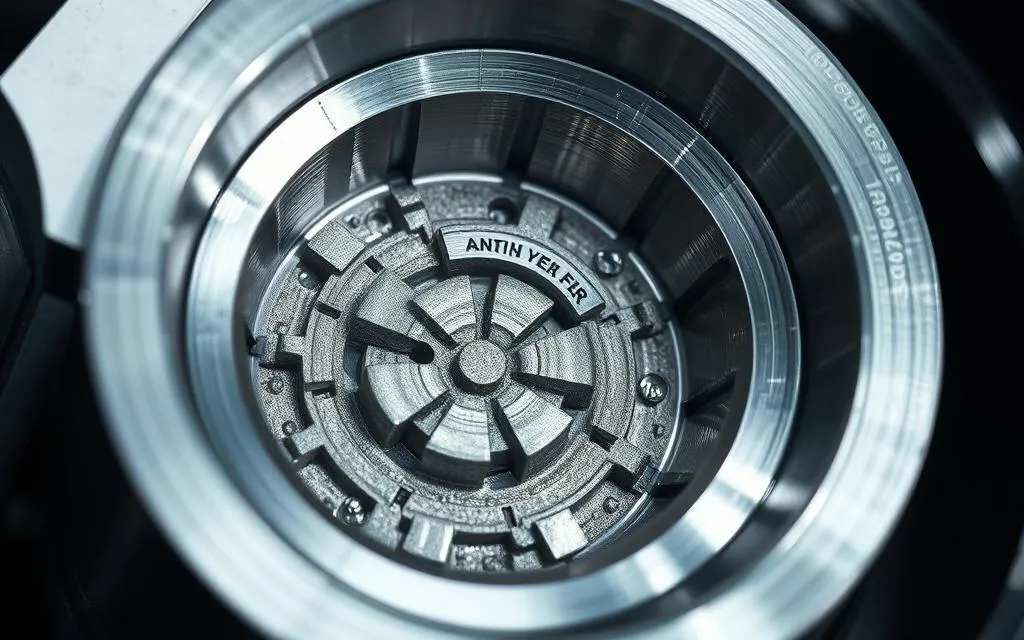
Thermal conductivity
Thermal conductivity is key to understanding how materials perform during machining. Aluminium and stainless steel have different thermal properties. These affect how they handle heat while being cut. We’ll look at these properties, including material hardness, weight, and durability.
Material hardness
Material hardness is crucial for machining. Stainless steel is known for its tough structure, needing strong tools. Aluminium, softer, allows for quicker machining. Knowing these differences helps choose the right tools and methods for better production.
Stainless steel versus aluminum: weight
Aluminium is lighter, making it easier to handle and transport. This is great for where weight matters. Steel, heavier, adds stability in some applications. Choosing the right material is key for project success.
Stainless steel vs. aluminum: Durability
Durability is another important factor. Stainless steel is more durable against wear and corrosion. It’s best for heavy-duty tasks. Aluminium is good for many uses, especially where weight and corrosion resistance are important. Knowing these properties helps in choosing materials for manufacturing.
Machinability – stainless steel or aluminum?
Choosing between stainless steel and aluminium depends on several factors. These include plasticity, weldability, yield strengths, and tensile strengths. Knowing these can greatly affect manufacturing choices.
Stainless steel versus aluminum in terms of plasticity
Aluminum is highly regarded for its excellent plasticity. Its atomic structure enables easy slippage of atoms when subjected to external forces.
Aluminum’s property makes it easy to shape into complex forms. We can use methods like extrusion, rolling, and deep drawing. In the car-making field, for example, we often use aluminum to make lightweight body panels with curved shapes because it can be easily formed.
On the other hand, stainless steel usually has less plasticity. It contains elements like chromium and nickel to resist rust. We can shape stainless steel, but it takes more energy and special ways to do it. However, because it’s not as easy to shape, it’s very strong and long-lasting. That’s why we use it for things like industrial machines and building parts that need to keep their shape when under heavy pressure.
Stainless steel versus aluminum – the weldability aspect
Welding aluminium is different from welding stainless steel. Aluminium welds faster because of its high thermal conductivity. Stainless steel welding needs more precision and heat to create strong bonds.
Track your progress when losing weight. Aluminum is tricky to weld. Its high heat electrical conductivity means heat spreads fast, making it hard to control. Plus, one must clean off its tough oxide layer first.
Stainless steel, though, is easier. Heat stays put better during welding. But we need to use the right electrodes to avoid problems that could weaken its corrosion-fighting ability.
Tensile strength
Tensile strength shows the load a material can handle. Stainless steel has a higher tensile strength, making it better for heavy loads. Aluminium is lighter and works well where weight is important.
Summary
In this article, we’ve looked closely at the differences between CNC machining steel and aluminium. We found out that while aluminium might seem pricier at first, steel is often more cost-effective. This is because of material costs, labour, and how long the products last.
Choosing between steel and aluminium isn’t just about money. We’ve talked about how hard they are, how they resist corrosion, and how easy they are to machine. These factors greatly affect how well and long products last. Knowing this helps businesses make better choices for their needs.
Every material has its own strengths, but it’s key for manufacturers to think about what they really need. We’re here to help guide them through these choices. This way, they can make sure their projects work well and fit their budget in CNC machining.Plasticity is key in metal machinability. Stainless steel is harder to shape without breaking. Aluminium, on the other hand, is easier to bend and shape during machining.




